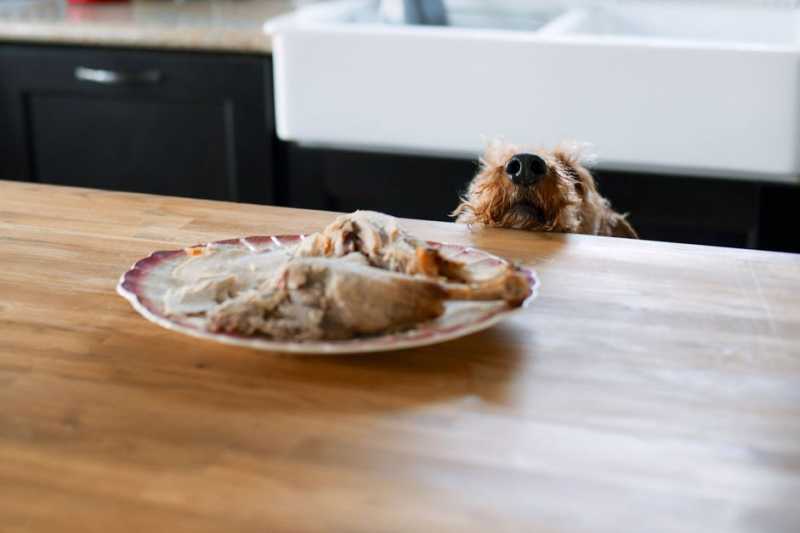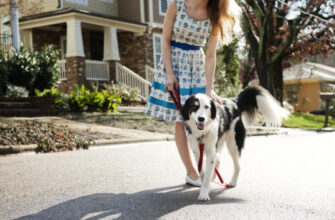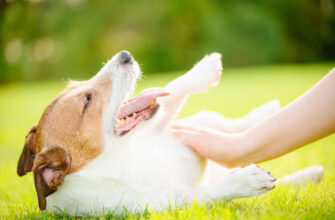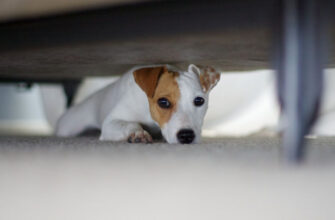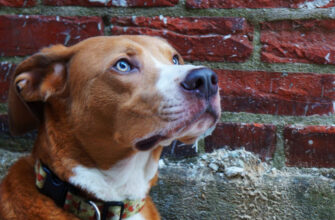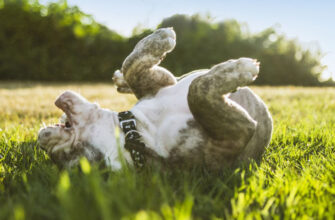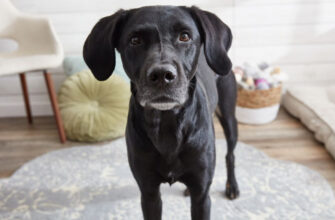It’s quite common to catch your dog snatching food off the kitchen counter. You could turn your back for just a moment to find your food has been taken by your dog or your dog has jumped up on the counter.
What Is Counter Surfing?
Counter surfing is a commonly used phrase for when your dog jumps up on a table or counter to help itself to whatever goodies they might find up there, essentially surfing your kitchen counter for snacks.
It can be frustrating when your food isn’t safe from sneaky pooches, even when you leave it up high. Fortunately, there are some things you can do to put an end to this annoying habit.
Keep Counters Clear
The first step to putting an end to counter surfing involves training for you rather than for your dog. It’s important that your dog never gets rewarded for jumping up on the counter. Therefore, unless you are right there to supervise what is going on, the kitchen counter and table should be kept completely clear. If your dog jumps up and manages to snag even the smallest nibble of something, the dog is getting rewarded for the bad behavior by getting the food. This means your dog is more likely to repeat the bad behavior, since it got what it wanted.
Some dogs find things other than food rewarding. Your pooch may be almost as excited to steal a pot holder or sponge off your counter instead of food. Keep this in mind when you are clearing off your counters: They should be as empty as possible.
Train Your Dog to Keep Four Paws on the Floor
You can teach your dog that having all four paws on the floor is rewarding. Once you are in the habit of keeping your counters clear, your dog will have less and less reason to jump up. Now it’s time to teach your canine that it is more rewarding to stay on the floor than it is to jump up on the counter.
Start to reward your dog’s good behavior. When you’re working in the kitchen, any time your canine has all four paws on the floor, throw the dog a treat. Soon they will realize that they only receive a treat when they are on the floor and that they never get rewarded by jumping up on the counter.
You can also teach your dog a place command that will send it to a mat or a bed in the kitchen. Spend several training sessions working on the “place” command. Once your dog is consistently going to their mat or bed and staying there, you can send them to this place when you are preparing food in the kitchen. Even after your dog has learned to stay on the mat or bed for a fairly long period of time, keep throwing treats every so often. It’s important that your dog is regularly reminded that it’s more rewarding to keep all four feet on the floor or stay put than it is to jump up on the counter.
Train Your Dog to Leave It
Despite your best intentions, someone in the family is bound to leave food unattended on the counter or table. If you catch your dog in the act of trying to snatch something off the table, it helps if your dog knows the “leave it” command. This command tells your dog to leave the food on the table alone. If the dog responds to the “leave it” command, wait until it has all four feet on the floor, ask the pup to sit, and then give it a treat. Again, this just reinforces that it is more rewarding for your dog to keep all four paws on the floor than it is to jump up to counter surf.
Problems and Proofing Behavior
If your dog is not responding well to the above techniques, you may wish to seek help from a dog trainer or behaviorist. A professional can help you figure out where the communication is breaking down between you and your dog.
In the meantime, avoid some common mistakes. Keep those counters clear to avoid temptation. Get all guests and family members on the same page so everyone reacts the same way during training. In addition, you should probably keep your dog confined when you are gone so there are no mishaps. Be patient and stay consistent.
